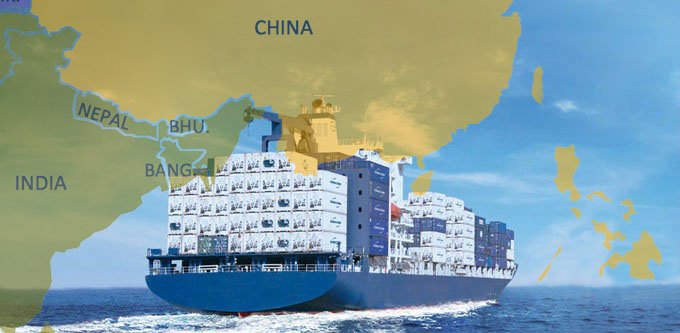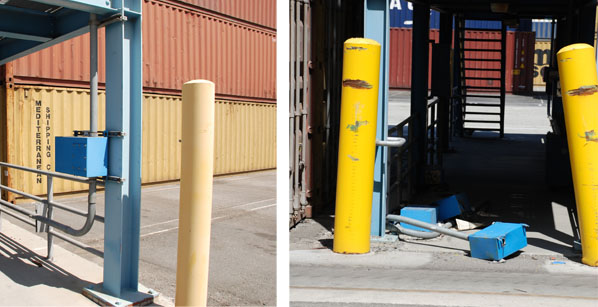
As projected at the beginning of 2016, this year is proving to be one of the worst for global container shipping, with one exception – reefer shipping.
In written clarifications by The Journal of Commerce, Container News, World Cargo News and Cleanleap, studies show cold chain has proved to be growing strong with frozen food shipments up 4% and chilled products up by 7%. The expectation being that the global refrigerated ocean transportation market will grow steadily from 2016 through 20201.
According to the latest edition of the Reefer Shipping Market Review and Forecast 2016/17, by 2020 seaborne reefer cargo will reach a staggering 120 million tonnes – increasing by an average of 2.5% per annum2. Such increases will have a direct effect on both container lines with reefer capacity and specialized reefer operators.
So where are these predictions coming from? One strong theme in reefer shipping performance is being attributed to the growing demand for food throughout Asia and rapid growth in meat imports into China3. China’s cold chain is now reported to be growing at 25% per year and projected to be worth $75 billion by 20174. In addition to the Asian market, Indian cold chain is also forecast to grow at 25% per year to 2017. This prediction is being accredited to popular fast food supply exports to India tripling over the last six years. Evidence shows the reefer shipping sector is also betting on growth in new and emerging economies, including Cuba. Trade organizations and industry groups have already conducted trade missions to Cuba in anticipation of the lifting of the U.S. trade embargo5.
…having reliable equipment when and where it’s needed is mandatory.
Emerging economies are not the only impact being taken into account, new business segments such as floriculture and pharmaceuticals are anticipated to continue to contribute greatly to the reefer shipping sector. Floriculture, or flower farming, is a $32 billion industry. It ranks as the third-largest U.S. crop, and growers in California make up 75% of the market. Pharmaceutical shippers are also looking more closely at ocean freight for their temperature-controlled shipments. The seasonal nature of floricultural and agricultural products combined with their short shelf lives mean having reliable equipment when and where it’s needed is mandatory. Despite the many current difficulties for the maritime sector, the predicted growth of reefer shipping has an encouraging outlook.
2http://container-news.com/perishable-reefer-trade-growth-remain-strong-drewry/
3””Reefer Cargo is Hot” World Cargo News Magazine, September 2016, pp. 17


